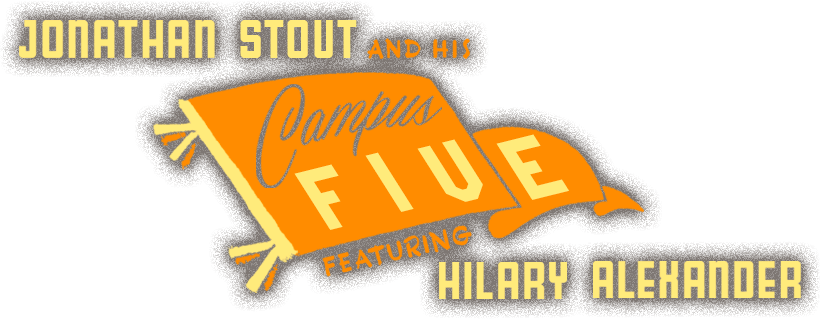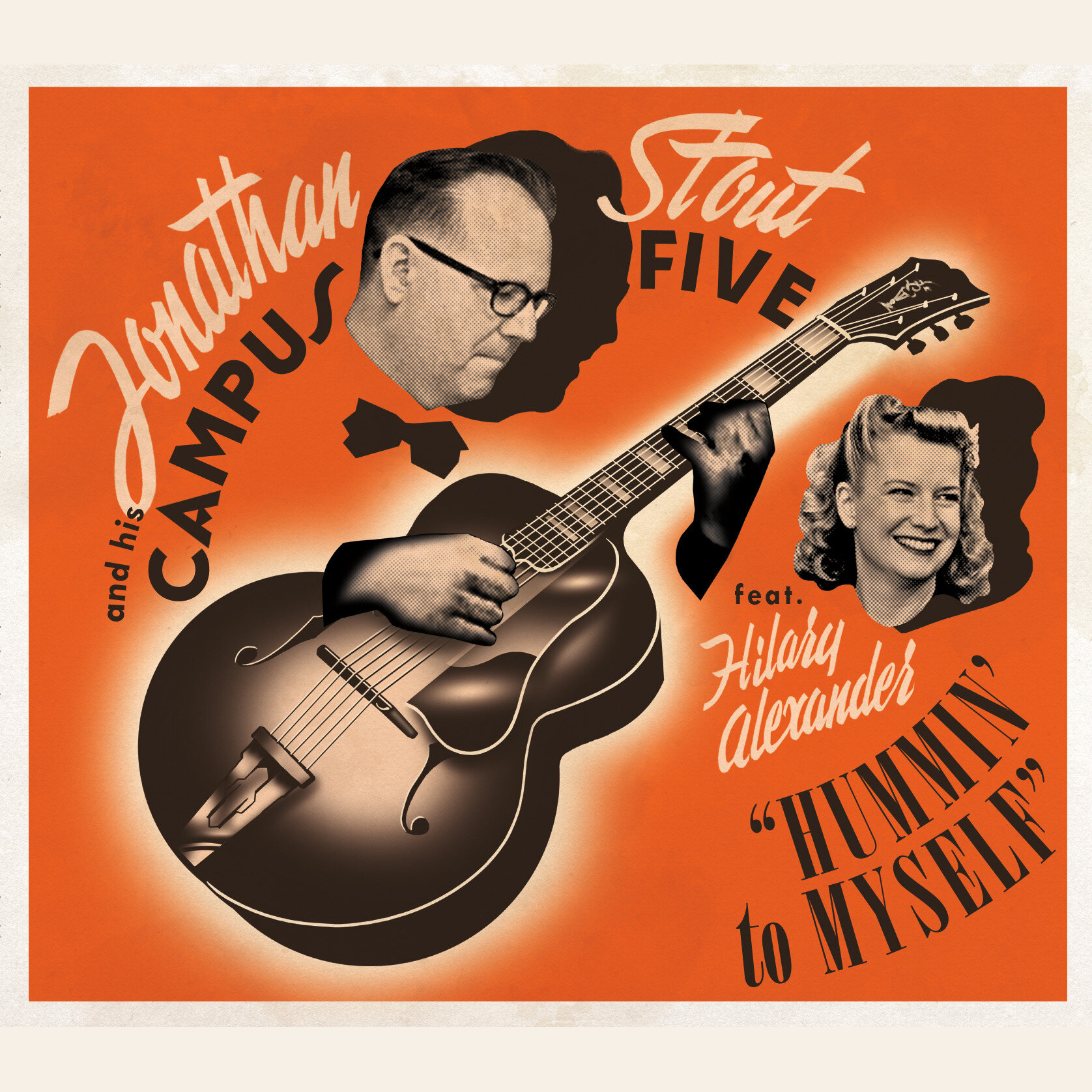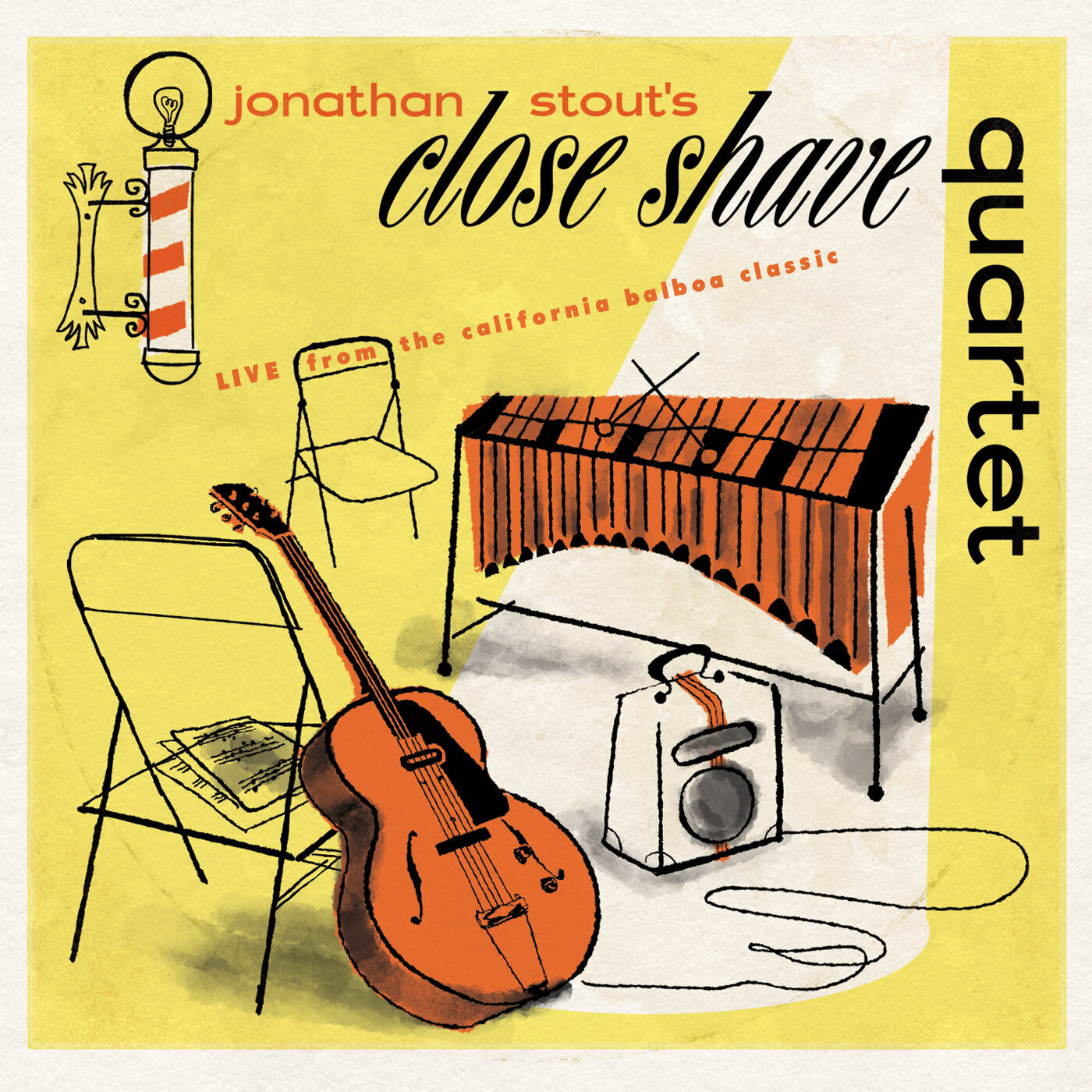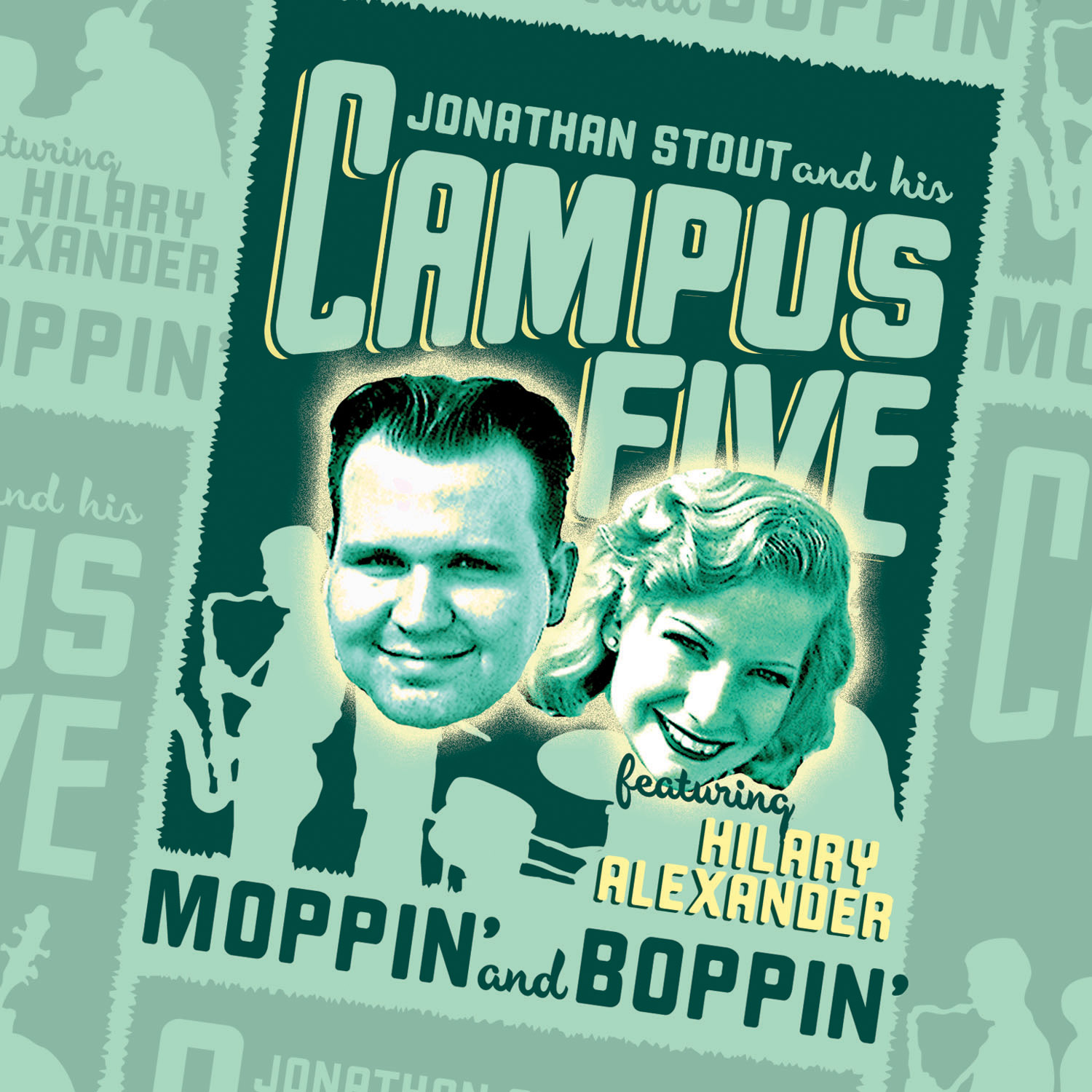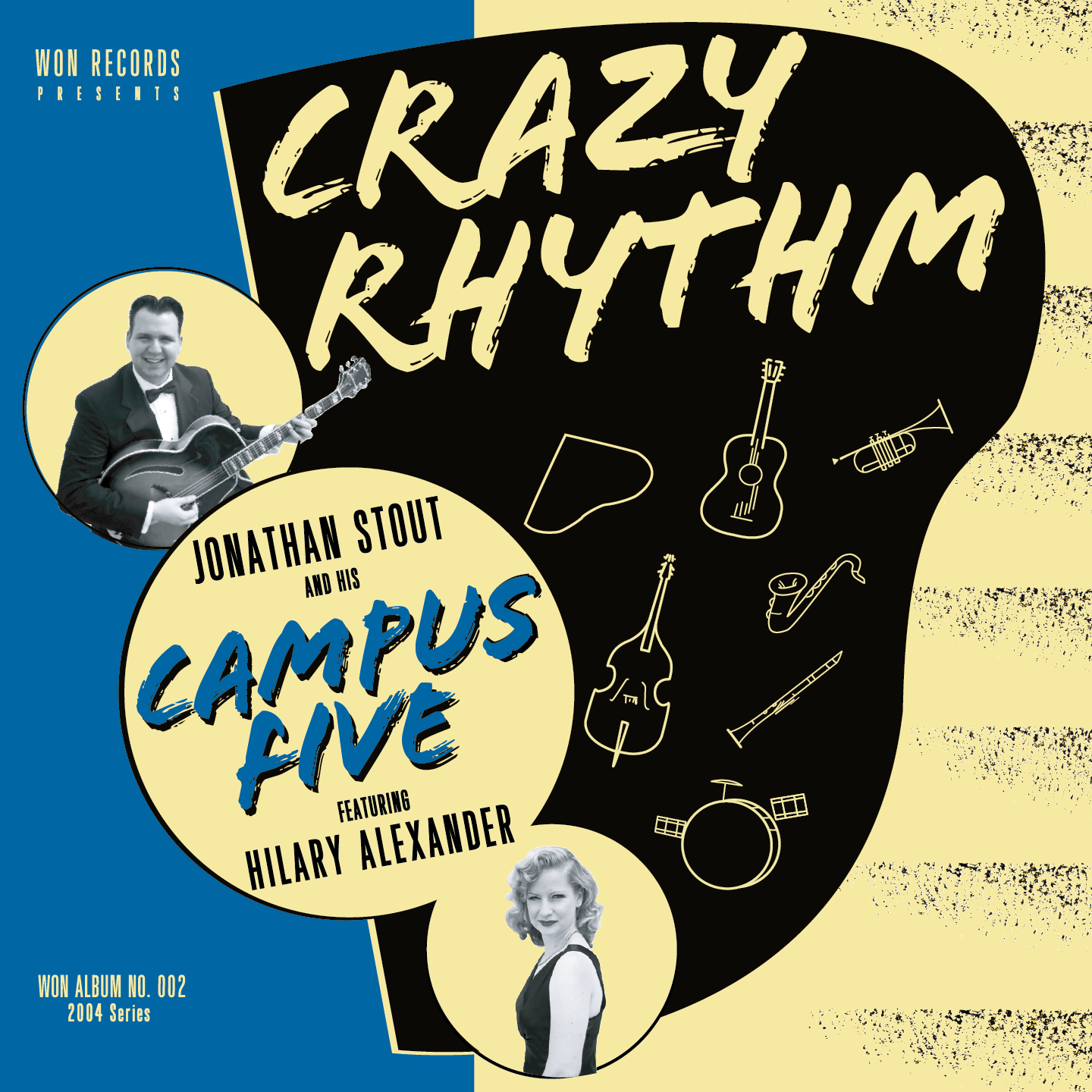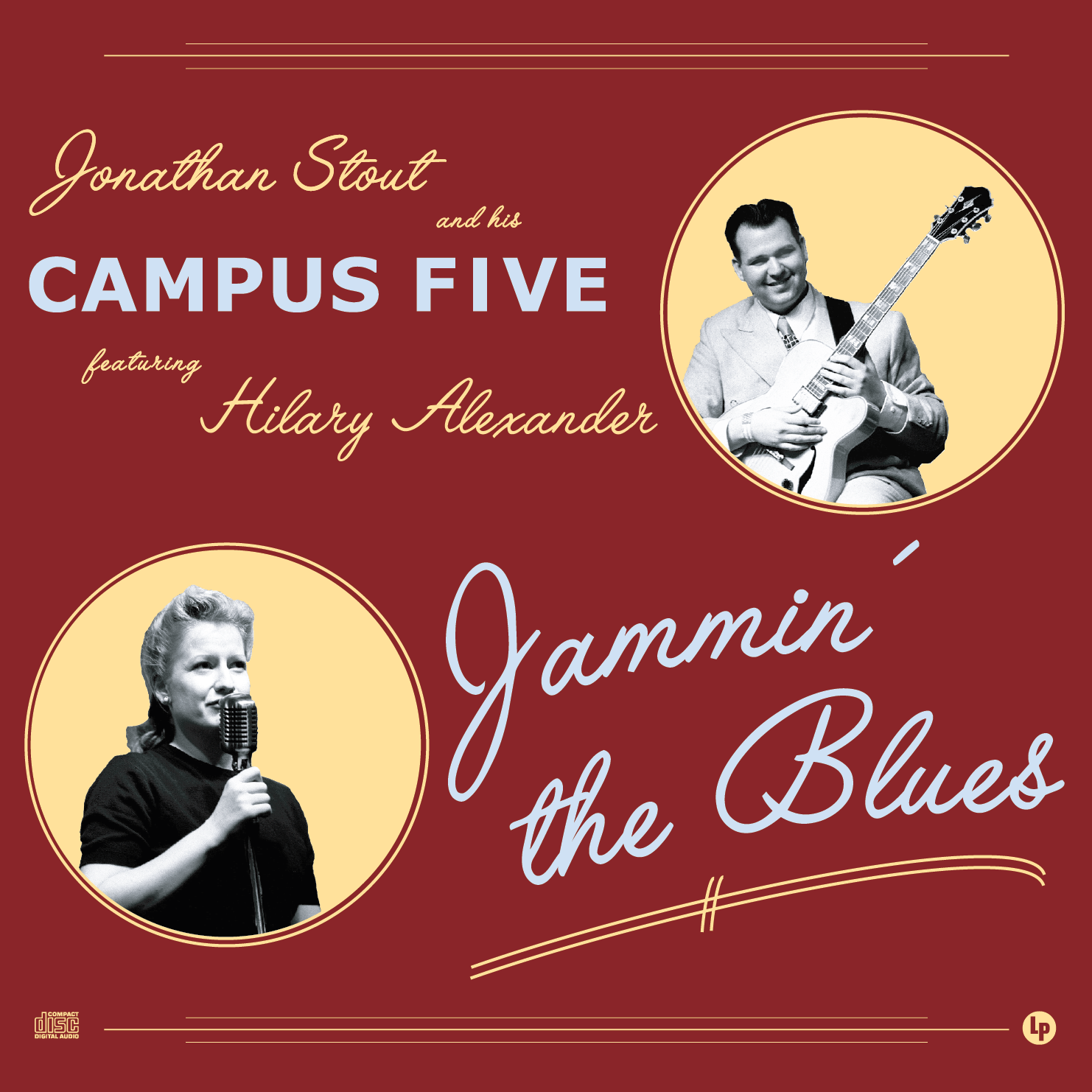Modern Gear for the Vintage Player
/I've been gushing about my recent vintage acquisition, so it's time I talk about something everybody can get there hands on: modern gear for the vintage player. When I started playing Swing Guitar there were few options outside of actual vintage, and what options there were still lacked for vintage sound or vintage looks. Now there are several really outstanding options, and if I were starting all over again, and vintage wasn't an option, here's what I'd get.
Acoustic Archtop: The Loar LH-600 ($999 retail) / LH-700 ($1499 retail)
 Photo by David O'Brien
Photo by David O'Brien
I've been an Eastman player for a long time, but I think Loar is really where the action is for the vintage-minded player. Aesthetically, Eastman has pretty much ignored the Jazz-era/Swing-era market, and while I think their guitars are excellent sounding, the Chuck Wayne-70's vibe is a turn-off, plus I think the the steeper cost is just enough of an impediment for players starting out.
I've come across Loar LH-600's in the wild for sometime now - Katie Cavera played hers subbing for me while I was playing drums on a gig, and our pal Dave Stuckey uses one, and I've played it several times - but the first time that I really got to play one for an extended period was at Lindy Focus, where Michael Gamble lent me his. Since I was traveling with my ES-150, I needed an acoustic archtop, and the LH-600 did a fantastic job.
 Photo by David O'Brien
Photo by David O'Brien
Like many guitars, the LH-600 really came into it's own with the right strings and a proper set up. I slapped a .013 set of Martin SP 80/20's on it, and adjusted the bridge slightly. The change was immediate and impressive - Michael could hardly believe it was the same guitar. Then again, I've had a proper set up be a game-changer before, and all it does is allow the guitar live up to it's full potential. I played it all week long, and was really impressed with its response. The Loars are parallel braced (unlike the Eastmans which are X-braced), and I think the punchier response works well for rhythm guitar playing. X-braced guitars can sound fuller or rounder, but much of that is lost in a band setting, and the extra fullness can lead to muddiness instead. Especially once properly set up with .013's and the top breaks in, the LH-600 is tough to beat. Man, if these had been available when I started out…
For the money, and for a player with any mind for vintage aesthetics, you really can't be the Loar LH-600. I've heard the LH-700's are even better, but I haven't played one myself yet.
Electric Archtop: The Loar LH-309 ($599 retail)

One of the guitar players from Hedgehog Swing in Long Beach, CA, Gage Hulsey, asked me about what I'd recommend for an electric archtop for somebody exploring Charlie Christian-type playing coming from the Gypsy Jazz world. At first I wasn't sure what to recommend, but after a little research, the Loar LH-309 is the pretty clear choice. The specs and construction are as close to a 40's Gibson electric such as a post-war ES-150 or ES-125 as anything being made now.
I would definitely avoid humbuckers, because I think their tone is really the wrong choice for pre-bebop jazz guitar. Humbuckers just sound too full and clean - plus the higher output and bass response tend to exacerbate the problems when having to play rhythm guitar on an electric.
The only compromise on the LH-309 is the laminate back and sides, which I don't think you'll miss on a fully-electric guitar. Plus, even guitars like post-war ES-150's and ES-125's sometimes had laminate backs and sides. Combined with a suitable vintage-y amplifier, you've got the easiest way to get a 40's electric guitar tone.
Electric Guitar Amp: Peavey Classic 30 ($649 street) / Vintage 47 Amps Ric-Style Supreme ($698 actual)
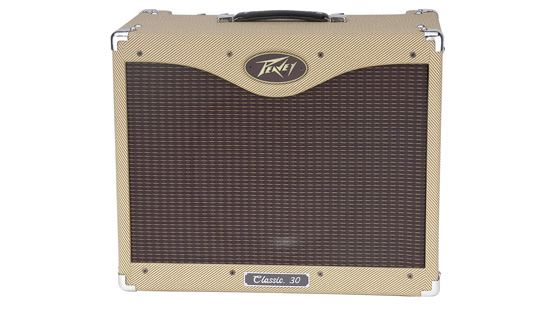
If you want a cheap, no-nonsense, completely fungible vintage-esque guitar amplifier, you can't really go wrong with a Peavey Classic 30. I played one for many years, and I still bring it out every once in a while when I need more power than an actual vintage amp can provide. However a higher powered amp can be overkill for some settings, leaving the tone too loud, clean and twangy.
One trick to keep it from sounding too clean and twangy is to use the distortion channel with the gain just barely noticeable. You can keep the gain just on the verge of breakup at a variety of volume levels that way. You can probably find a used one on craigslist or ebay for cheap, and it's easily serviceable basically forever. Furthermore, even if it fell off a cliff, you could just as easily buy another that would basically be exactly the same. Similar Fenders, such as the Blues Deluxe are more expensive without really sounding any better. I wouldn't recommend the smaller Fender Blues Junior, because I find them underpowered. If you can spend more, get the suggestion below, or go with a reputable Tweed Deluxe from somebody like Victoria Amps.
The more authentic choice is the absurdly reasonably-priced Ric-Style Supreme from Vintage 47 amps. Based on a circuit from a vintage Valco amp from the 40's, Vintage 47 amps use Octal preamp tubes, which makes them the closest thing to a 30's Gibson. The permanent magnet speakers are the only modern concession, though they've been trying to find a way to source field-coil speakers for quite a while. You're not going to find a 40's circuit and 40's cosmetics for under $700 anywhere else. The only caveat is that they are pretty low wattage (which is authentic), and there may be some settings where you may have to mic it. Still, it's the real deal.
Django-Style Guitar: Gitane GJ-10 ($409 street) / Altamira M30 ($1250 street)
This is another case where if they'd had a reasonably priced options when I was starting, I'd definitely have jumped at them. Saga Cigano line really changed the market providing reasonably priced selmer-style guitars when there really hadn't been any before then. Their budget Gitane line brings a decent guitar into almost anybody's reach. Again, I think this is a case where a proper set up and suitable strings are necessary to make the guitar live up to its potential. Of course, a $400 guitar doesn't sound as good as a Dupont or Favino. However, authentic gypsy guitars have an ugly, nasal quality that allows them to cut through a band, and some modern luthiers tend to try make the guitars sound fuller and prettier, almost attempting to make them more like a dreadnaught. The Gitanes are actually more authentic sounding than some fancy luthier-made guitars.
The set-up is the Altamira line. You can read the full scoop at www.djangobooks.com, which coincidentally is a great place to buy them, these are the same guitars that Dell'Arte brings in from Asia and sells as the Latcho Drom line. From all the sources I've talked to, these are the best buy in gyspy-jazz guitars.
